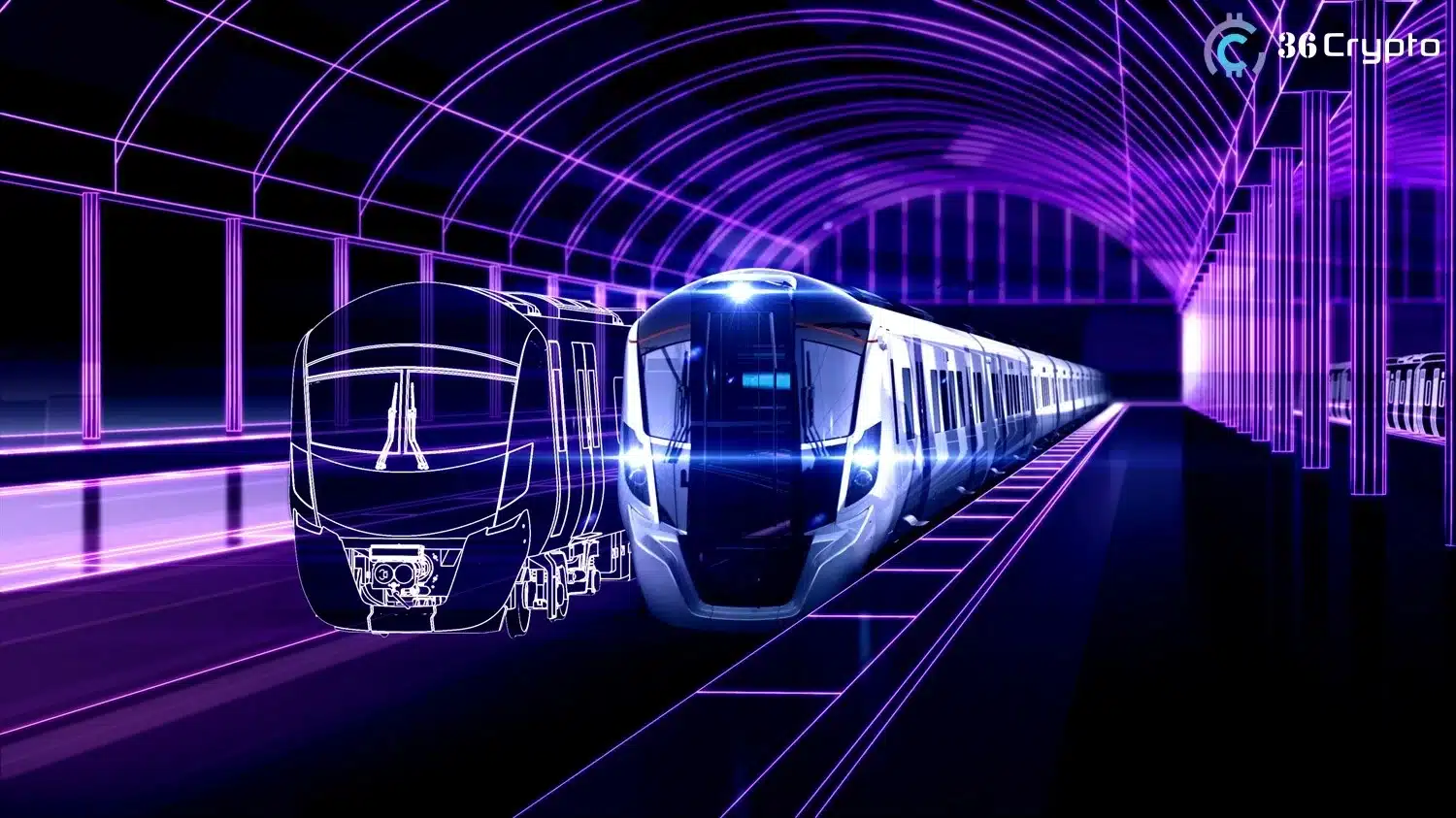Railway signalization is extremely important if trains are going to work safely and effectively. Since signaling has traditionally been based on the use of manual processes and centralized control systems, however, with smart contract technology, there is an opportunity for another revolution to take place regarding railway signaling. We will look at the benefits that smart contracts offer concerning railway signaling compared to conventional systems, possible drawbacks that may arise, and factors to consider during their adoption.
Understanding Smart Contracts
Definition and Functionality
A smart contract is a contract that automatically applies the provided terms and does not require the intervention of third parties. These are transparent, cannot be changed, and are secure in a blockchain-based way. In this regard, smart contracts are used to automate the execution as well as enforcement of the defined agreements to ensure that all parties adhere to the preexisting arrangements.
Benefits of Smart Contracts
Trust and Transparency: A smart contract replaces middle entities and provides a public, tamperproof record for each transaction. The possibility of any kind of mistreatment is very low.
Efficiency and Automation: They automate the execution of agreements by replacing unnecessary paperwork while simplifying decision-making; many mistakes occur manually rather than on a human basis.
Security: Any smart contract data or transaction recorded in blockchain technology is highly safe and not easy to tamper with due to the high level of its decentralization.
Application of Smart Contracts in Railway Signaling
Decentralized Control
However, traditional signaling methods have a common weakness in their ability to scale due to poor provisioning. This will help people make decisions on their own without having to depend on centralized agents to influence them.
Automatic Train Protection
For example, there are railway safety systems like Automatic Train Protection (ATP) systems that could be incorporated into smart contracts to enhance their functionality.
Through the system, ATP technology ensures trains adhere to speed limits, maintain required distances at different points, and react appropriately to signposts. To further enhance safety, smart contract integration within the signaling system may also automatically process ATP, thereby eliminating the chance of human error.
Interoperability and Interconnectivity
Smart contracts can be used in the interoperation of various signal systems that facilitate communication between tracks, trains, and control centers. Such a system provides for operational efficiency, optimal scheduling, and delay reduction.
Asset Management and Maintenance
Through smart contracts, signaling equipment can be monitored to ensure that proper maintenance tasks are administered. Such an approach is used to address cases of early detection, preventing break failures that lead to longer signaling system operation.
Challenges and Considerations
Technical Complexity
As such, the smart contract in railway signaling has a need for blockchain technology and computer science. Railway operators must purchase skilled resources and/or partner with a technology provider to effectively integrate their systems.
Data Privacy and Security
Although smart contracts provide enhanced security, the privacy of such railway signaling data must be taken seriously. Critical information on railway operators should be adequately protected through applicable data protection mechanisms.
Regulatory and Legal Considerations
Smart contracts signed on the railway might pose regulatory and legal challenges. To address compliance, interoperability, and liability issues, this necessitates standards, guidelines, and procedures that the relevant authorities and stakeholders must adhere to.
Conclusion
In conclusion, railway system safety, efficiency, and automation can be greatly improved by using smart contracts. Smart contracts can improve reliability, scalability, and performance through decentralization of control, automation of safety procedures, and making networks interoperable.
Nevertheless, it implies a thoughtful approach concerning technical, data protection, and legal aspects. With respect to railways undergoing digitization, it is worth mentioning that smart contracts are expected to usher in a new age of railway signaling with more secure and efficient train control.
Read More:

